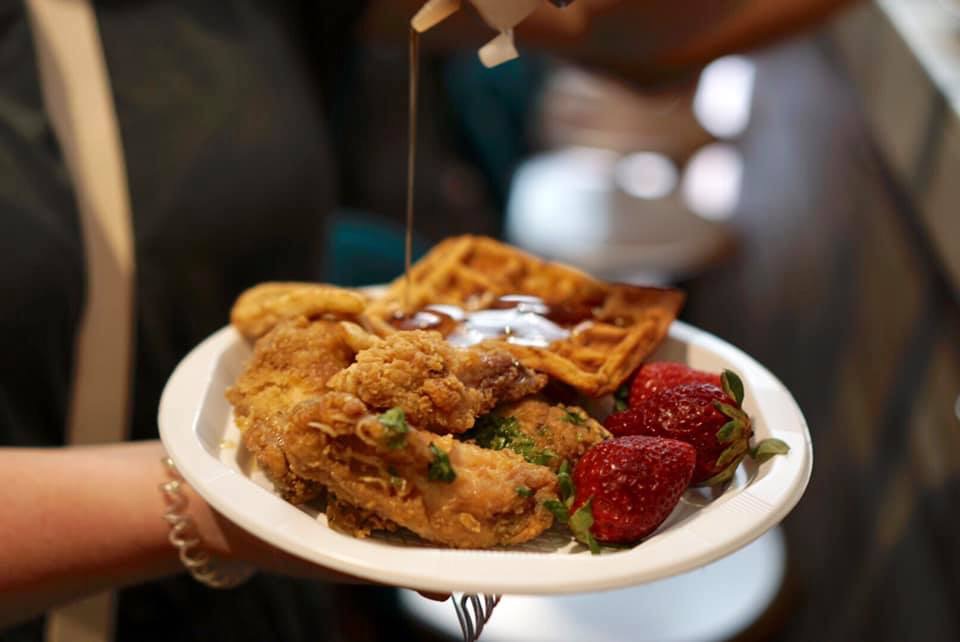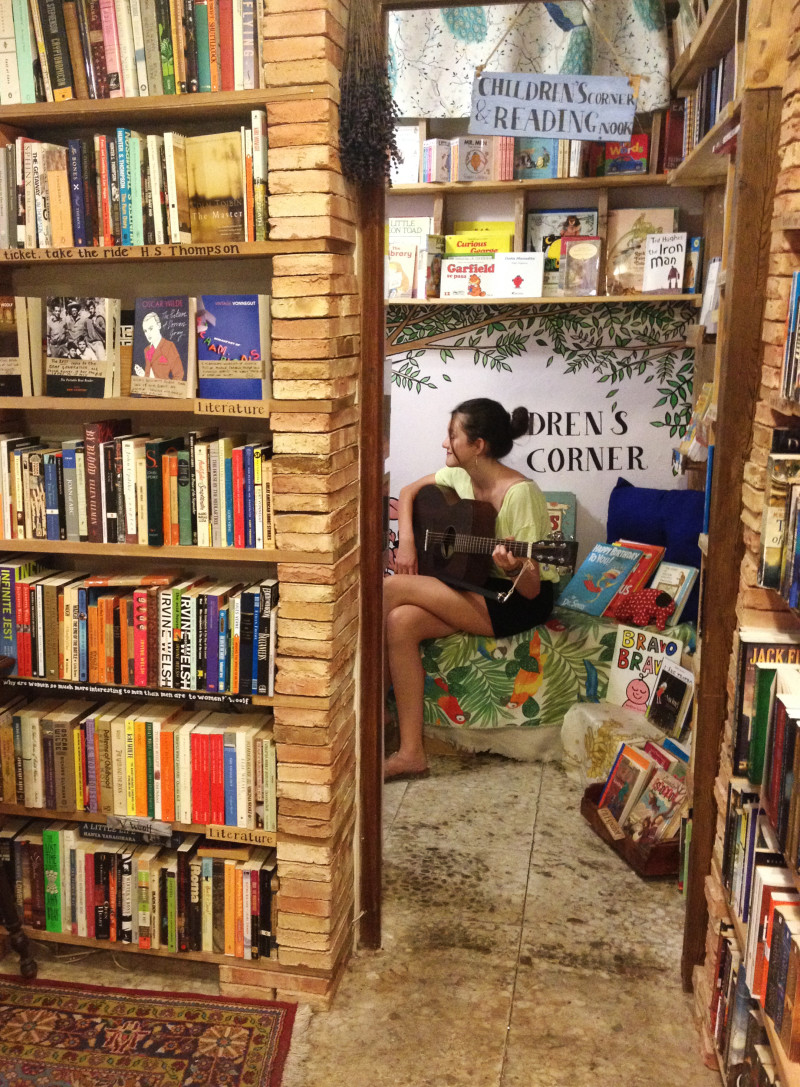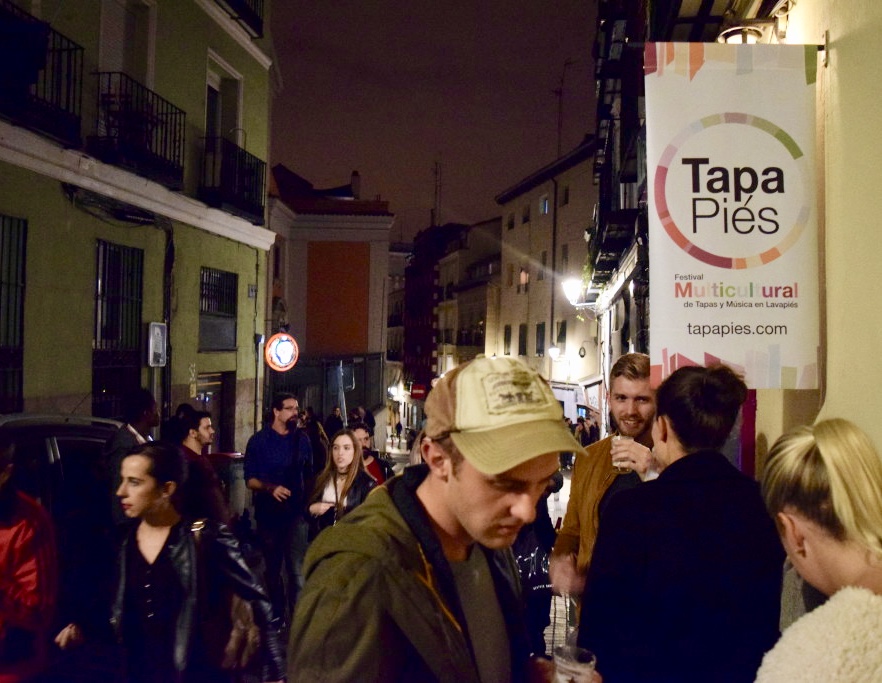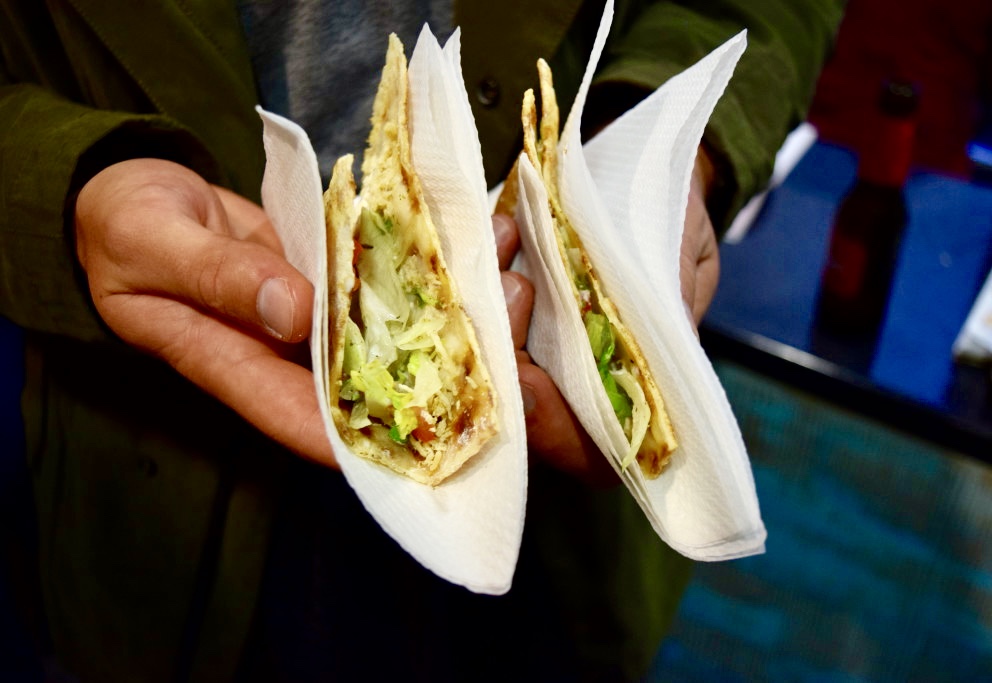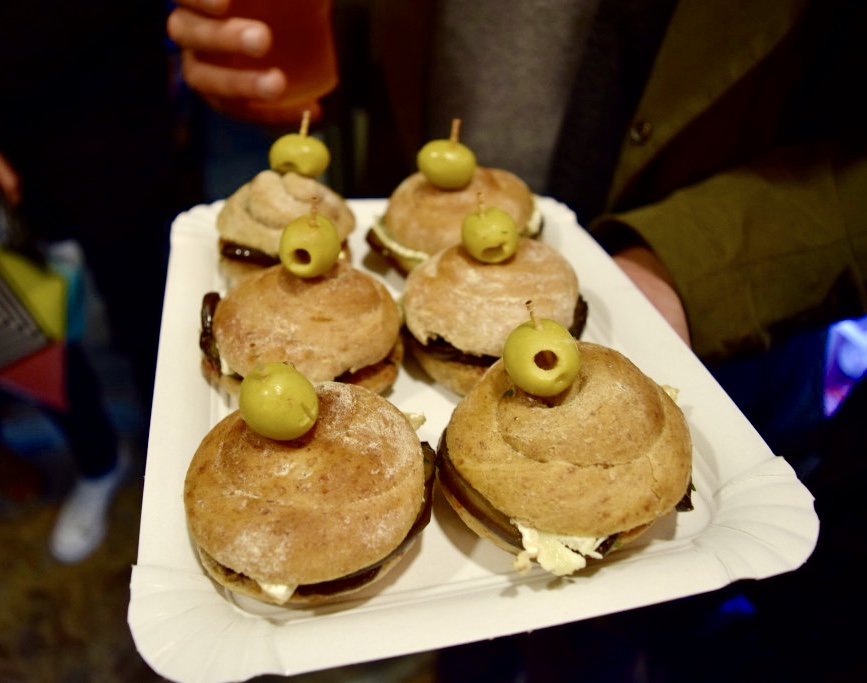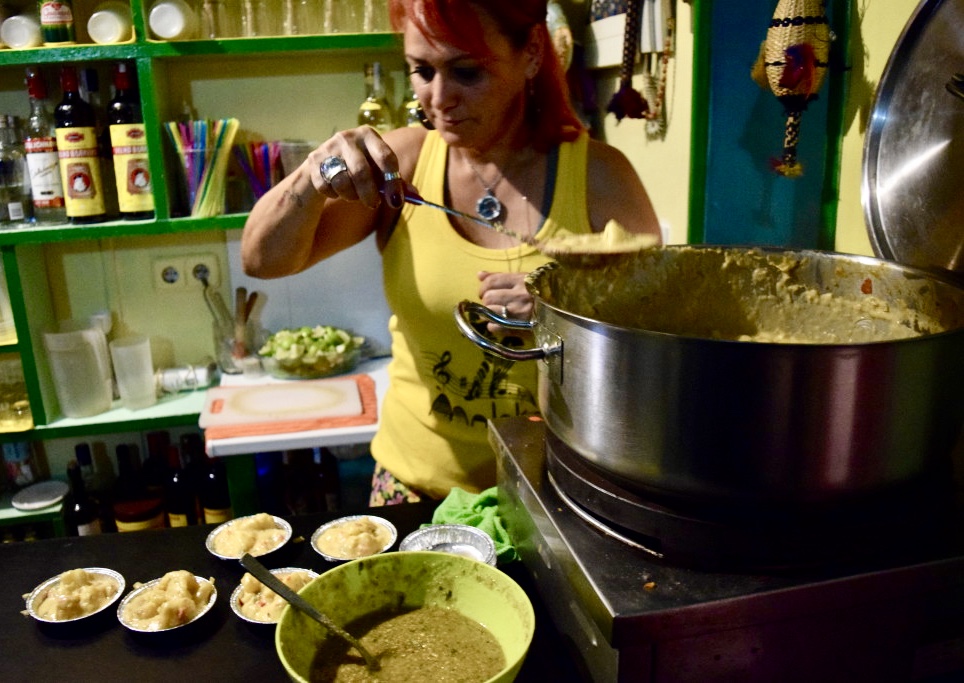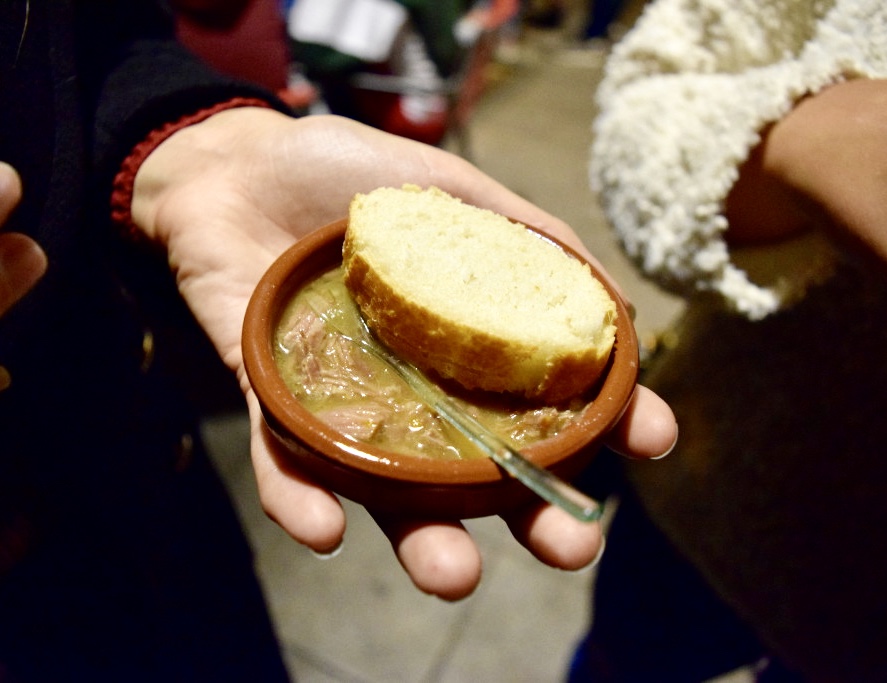Madrid Artist Showcase: Diego Salas, Creative Audiovisual Director
Madrid, a hub of creative talent, is the home to artists working across disciplines, wielding various forms of expression. Local artist Diego Salas is the architect behind Synesthesia, a series of recorded visual productions in which he creates an immersive projected environment for Madrid’s community of performing artists to use as a stage. Diego is proud of this project which has granted him the opportunity to collaborate with respected artists.

As an active member of Madrid’s international community, Diego has designed the Brotha CJ and the Othahood cover for their 2018 album Everybody Eats. The animation from this album cover was brought to life when it was rendered on the stage behind this group as they performed at Las Fiestas de San Isidro.

Additionally, Diego has acted in and produced relatable web series and short films.
His artistic capacity is not limited to grassroots creative projects. I have collaborated with Diego myself to build visually appealing infographics and corporate content for my clients, and he has also crafted logos and branding campaigns for companies in Madrid and beyond.
Several prints, visual designs and other creative works made by Diego will be presented to the public at VeraArt‘s upcoming art show, curated by Maegan Gardner at VeraContent on February 7th. Those in attendance can bear witness to local dancer Daphne Binioris dancing in synchrony with visual projections controlled by Diego in real-time in a postmodern performance. This will be followed by a performance by Brotha CJ.
Diego hails from Lima, Peru. Like many of us, he has been in the trenches as a teacher and became fond of his adopted home of Madrid, navigating bureaucracy to establish roots here. He is deeply familiar with the process of starting a new life in a foreign country and just recently he celebrated his 14-year anniversary in this city.
Diego opened up about the challenges that he has faced as a freelance artist.
There’s a romanticized image of an artist who is always inspired. People don’t see the hours or the process behind the scenes, sharing work on social media and building a community with other artists with a similar vision. These less glamorous parts of the process require constant attention.
As we sat for the interview, Diego gave me a sneak peek of the new pieces he will present at VeraArt’s upcoming event and talked about his creative process. Diego’s lived experiences play a role in some of his pieces where he depicts the emotional aesthetic components of memories in surreal animations. His visuals are often inspired by music and nature. Stimulation from music evokes colorful mental images that Diego quickly recreates onscreen.
Diego had this to say about the volatility of creating art under capitalism:
You will inevitably encounter negative feedback. Don’t let imposter syndrome and the other haters and failed projects discourage you. Failure is part of the process and you can learn from it.
Diego’s advice to aspiring artists is:
Don’t stop creating. Passion projects that are non-lucrative are valid forms of expression. Don’t feel obligated to profit from your art or gain visibility and acclaim immediately, it happens with time and dedication.
Upcoming art show in Madrid

Be sure to catch Diego at VeraArt’s event on February 7th in Madrid. Here’s all the event details and make sure to sign up here on Eventbrite.
Diego Salas, Madrid-based audiovisual artist
*All photos by James Stiles of Labl Foto.
















